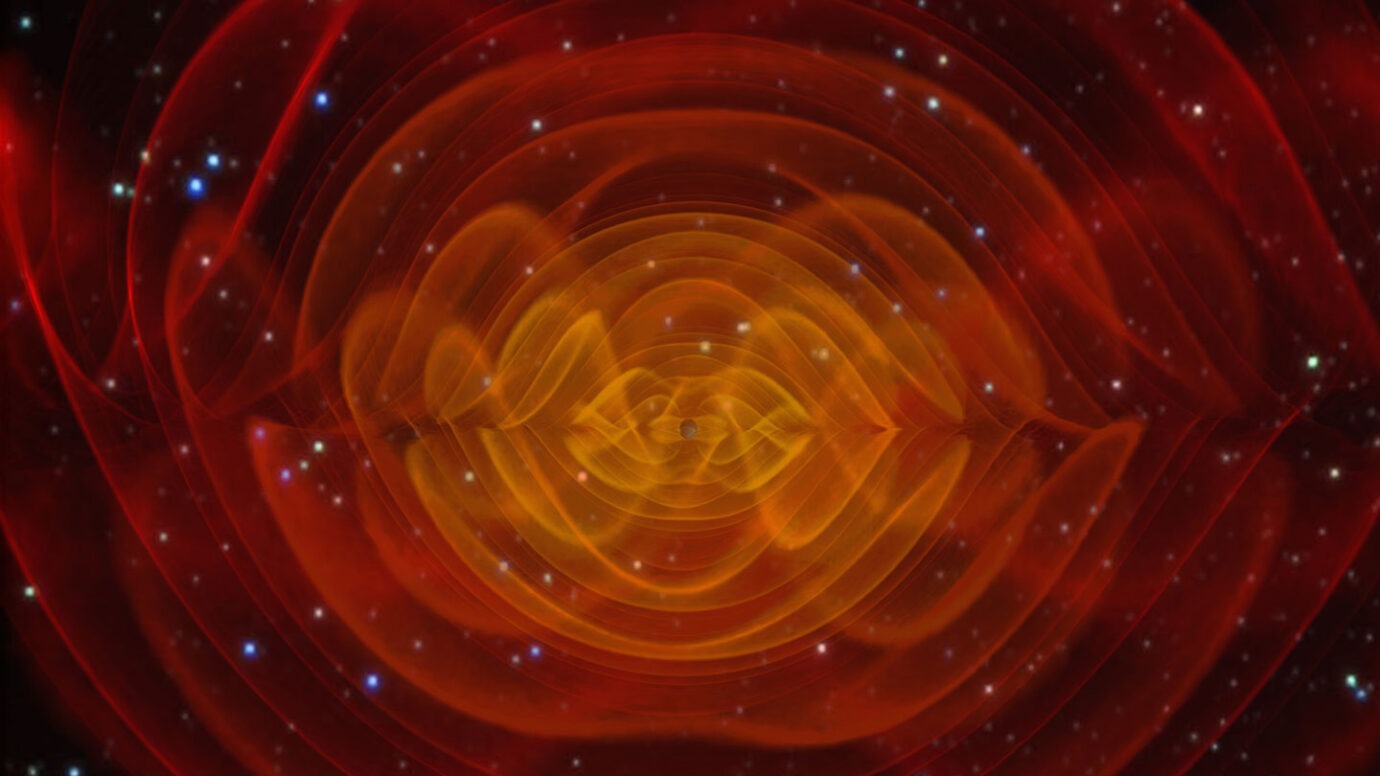If radio waves are detected by radar, and sound is detected by sonar, then how to “see” gravitational waves? The answer may be GRADAR (“radar” of gravitational waves), a potential technology of the future that can use the display of gravitational waves to map the invisible Universe. Scientists told about their invention in an article accepted for review in Physical Review Letters, Science News reports. By detecting these signals, scientists will be able to find dark matter or dim exotic stars, learn their depths and even look beyond the horizon of the universe.

Gravitational waves were first detected in 2015. These are moving waves in the fabric of space and time, formed by large-scale cosmic cataclysms, for example, as a result of the merger of black holes or neutron stars. But gravitational waves have another property: they can change direction. Einstein’s theory of gravity says that space-time is distorted by matter, and any wave passing through these distortions will change direction.
The idea is that when something emits gravitational waves, some of the signal comes straight to Earth, but some may arrive late, like an echo, after they have traveled a longer path, circling around a star or something very heavy. Scientists have always believed that these belated signals, called gravitational glare, should be too weak to detect them.But physicists Craig Copi and Glenn Starkman from Case Western Reserve University in Cleveland, Ohio, have made an intriguing discovery. Working with Einstein’s theory, scientists have calculated how strong the signal will be when the waves are scattered through the gravitational field inside the star.
If the gravitational glare turns out to be strong enough, astronomers could use it to track the insides of stars. They can even be used to view the invisible Universe: massive bodies in space, such as dark matter, or other exotic objects beyond the horizon of the observable Universe.
Follow us on Twitter to get the most interesting space news in time
https://twitter.com/ust_magazine
